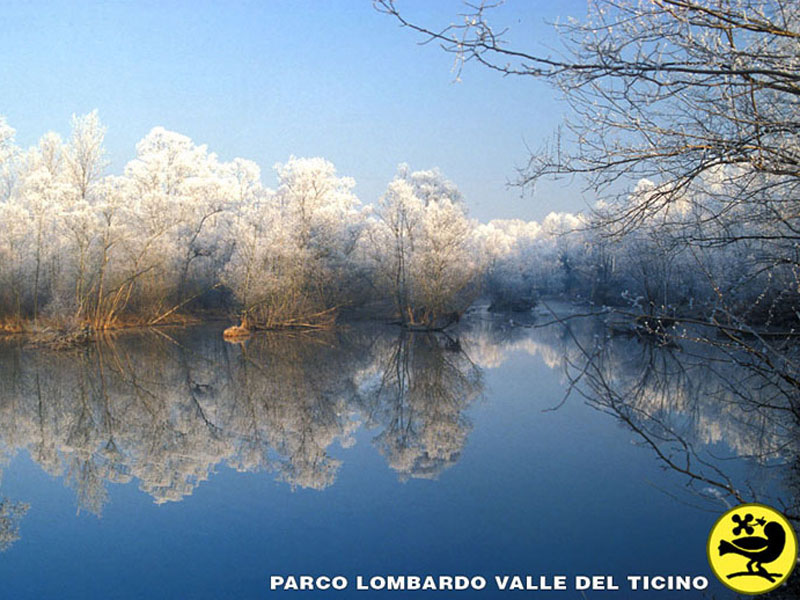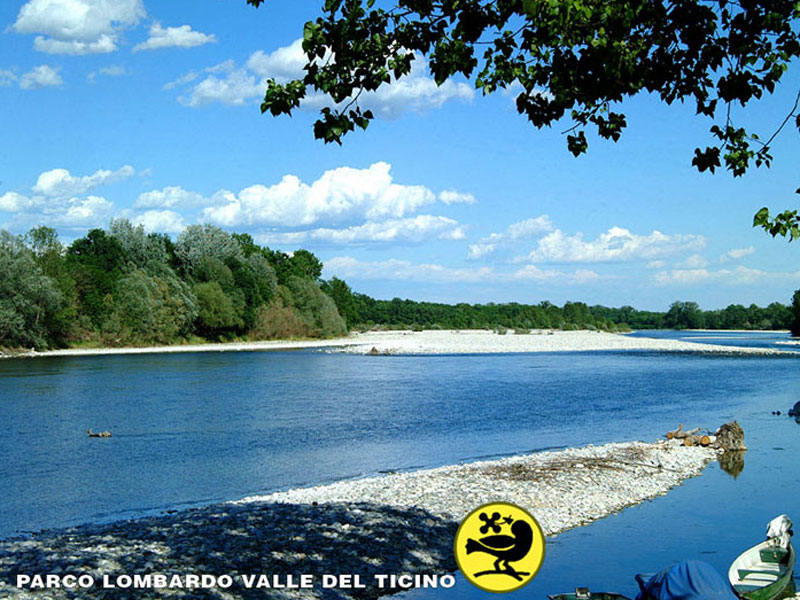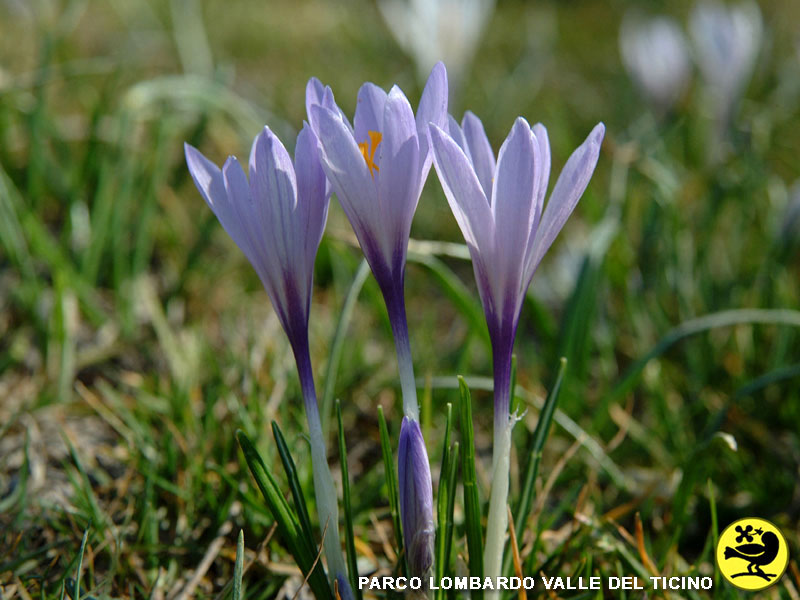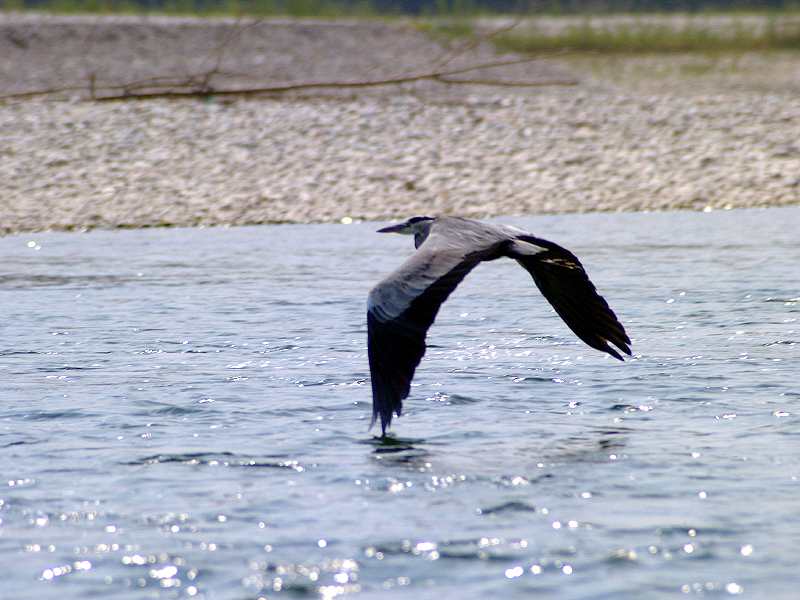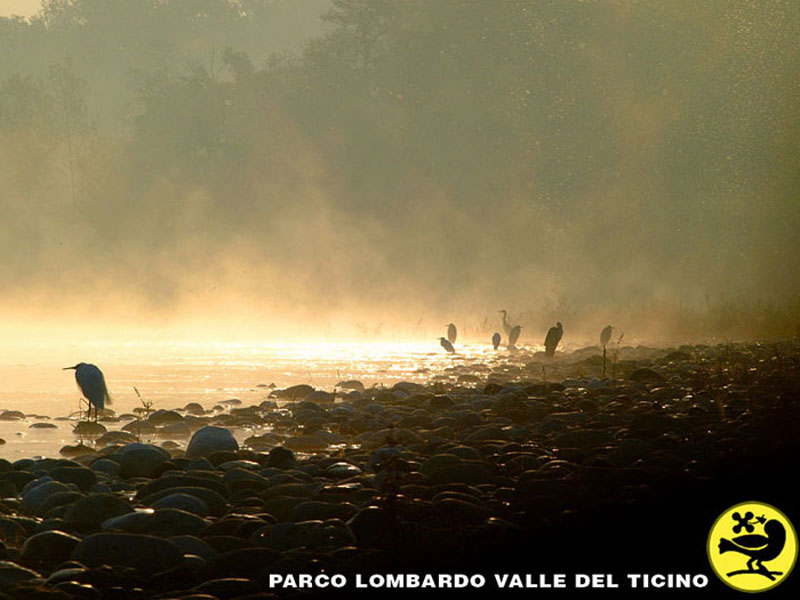Parco Lombardo della Valle del Ticino
www.parcoticino.itProtected Area
Identity Card
- Valle del Ticino Lombardo Regional Park:
- Land Surface Area: 91'800.00 ha
- Regions: Lombardia
- Provinces: Milano, Pavia, Varese
- Municipalities: Abbiategrasso, Arsago Seprio, Bereguardo, Bernate Ticino, Besate, Besnate, Boffalora Sopra Ticino, Borgo San Siro, Buscate, Carbonara al Ticino, Cardano al Campo, Casorate Sempione, Cassinetta di Lugagnano, Cassolnovo, Castano Primo, Cuggiono, Ferno, Gallarate, Gambolò, Garlasco, Golasecca, Gropello Cairoli, Linarolo, Lonate Pozzolo, Magenta, Mezzanino, Morimondo, Motta Visconti, Nosate, Ozzero, Pavia, Robecchetto con Induno, Robecco sul Naviglio, Samarate, San Martino Siccomario, Sesto Calende, Somma Lombardo, Torre d'Isola, Travacò Siccomario, Turbigo, Valle Salimbene, Vanzaghello, Vergiate, Vigevano, Villanova d'Ardenghi, Vizzola Ticino, Zerbolò
- Establishment Measures: L.R. 2 09/01/1974
- PA Official List: EUAP0195
- Park Authority: Parco Lombardo della Valle del Ticino
- Further managed Protected Areas:
- Sito di Interesse Comunitario (SIC) Siti riproduttivi di Acipenser naccarii (IT2080026)
- ZPS Boschi del Ticino
- ZSC Ansa di Castelnovate
- ZSC Basso corso e sponde del Ticino
- ZSC Boschi del Vignolo
- ZSC Boschi della Fagiana
- ZSC Boschi di Vaccarizza
- ZSC Boschi Siro Negri e Moriano
- ZSC Brughiera del Dosso
- ZSC Brughiera del Vigano
- ZSC Garzaia della Cascina Portalupa
- ZSC Lago di Comabbio
- ZSC Paludi di Arsago
- ZSC San Massimo
- ZSC Sorgenti del Rio Capricciosa
- ZSC Turbigaccio, Boschi di Castelletto e Lanca di Bernate
- Monumento Naturale Preia Buia
Nature
The landscape of Ticino Park is strongly characterized by the river and its valley, forming a unicum of great importance and beauty.
Next to the river valley, the landscape of the plain witnesses the fast changes deriving from the action of man.
The several troughs and important waterworks, the very ancient cultivation systems, and other elements characterizing the agricultural landscape represent constant and beautiful reference points in Ticino Valley.
Further information (Italian text)
The River
The river Ticino has its sources in Switzerland. Its main source lies at the head of val Bedretto, at the Novena Pass, at about 2,480 meters of height, while another source lies next to the Ospizio del San Gottardo and joins the former in Airolo. After a wild route (the gorges of Stalvedro and of mount Piottino are worth a visit), at the entrance of the plain of Magadino, the river Ticino gets diked between embankments which transform it into an ordinary canal up to the delta, where it flows into the Lago Maggiore.
Further information (Italian text)
Ecosystems and Biodiversity
Valle del Ticino is an area characterized by a great biodiversity, where a great variety of environments - watercourses, conifer forests, plain woodlands, moorlands, wetlands, agricultural fields, and wood-tree areas - creates an extraordinary variety of habitats offering unique conditions for the survival of several species of animals and plants.
(The following links lead to Italian web pages)
Flora
The flora of Ticino Park can be considered a sort of summary of the vegetation of the Po Plain in time and space.
In time, because it includes woodland stretches similar to the big alluvial forests of Europe existing before the human settlements.
Further information (Italian text)
Fauna
In the territory of the Po Plain, Ticino Park represents an extraordinary place for its wildlife. The Park is populated by 48 mammal species. After the disappearance of the wolf, the carnivorous predators are represented by the pine marten, the fox, the badger, the weasel, the polecat, and the stone marten, playing an essential role in the maintenance of the biological balance.
(The following links lead to Italian web pages)
The agricultural environments
Agriculture is fundamental in the Ticino Park: on a total surface of 90,000 ha, more than 50,000 ha are cultivated. This simple information is extremely important because it helps understanding the great impact of agriculture on the landscape and on the social values of the Park, such as culture, history and traditions.
(The following links lead to Italian web pages)
MAB Area
The importance of Ticino and its valley has been recognized at an international level with its inclusion in the World Biosphere Reserve Network in 2002, within the MAB Program (Man and Biosphere) of UNESCO.
Further information (Italian text)




